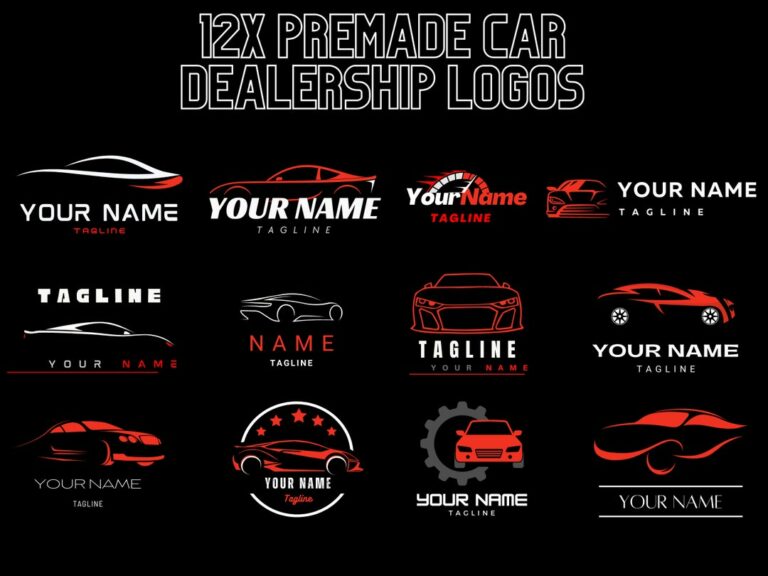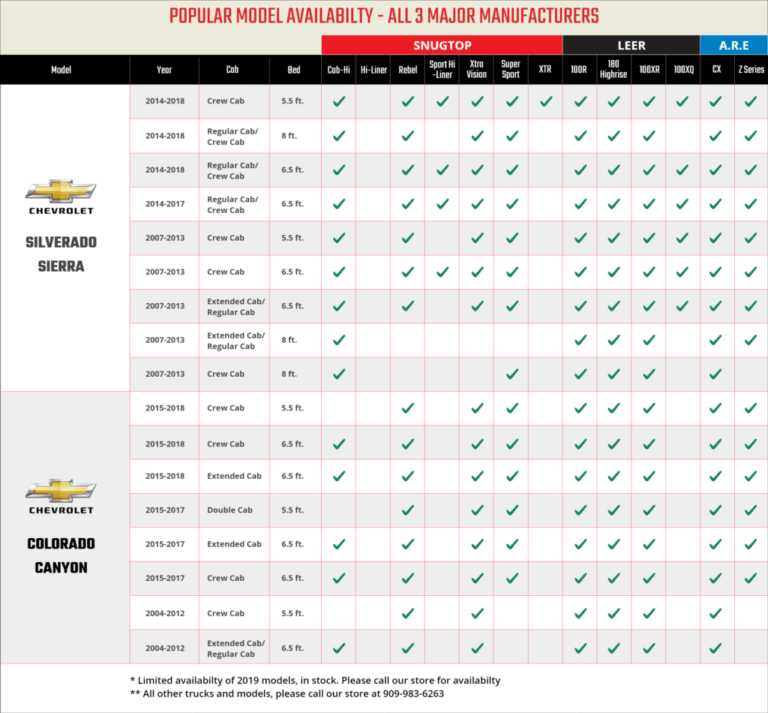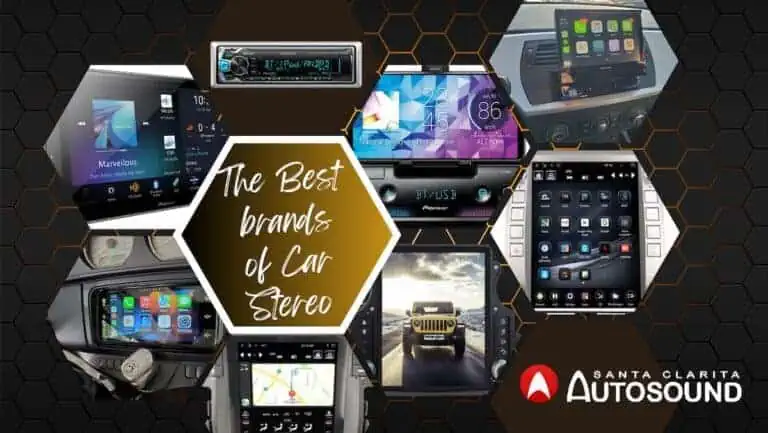Muscle Car Brands: An Enduring Legacy of American Power and Performance
Muscle Car Brands: An Enduring Legacy of American Power and Performance cars.truckstrend.com
The roar of a V8 engine, the aggressive lines of a coupe, and the sheer exhilaration of raw power underfoot – these are the hallmarks of the American muscle car. More than just vehicles, muscle cars are cultural icons, embodying a spirit of freedom, rebellion, and unparalleled performance. For decades, specific brands have dominated this niche, carving out legacies built on horsepower, innovation, and an unwavering commitment to speed. Understanding these muscle car brands is key to appreciating not only automotive history but also the ongoing evolution of performance vehicles. This article delves into the world of muscle car brands, exploring their origins, iconic models, modern resurgence, and what makes each distinct.
The Golden Era: Defining the Original Muscle Car Brands
Muscle Car Brands: An Enduring Legacy of American Power and Performance
The true genesis of the muscle car era is widely attributed to the mid-1960s, a period characterized by a youth market with disposable income and a craving for excitement. Manufacturers, primarily the "Big Three" American automakers – General Motors (GM), Ford, and Chrysler – responded by stuffing powerful, large-displacement V8 engines into their intermediate-sized, relatively affordable production cars. The result was a new breed of performance vehicle that offered supercar-level acceleration at a fraction of the cost.
During this golden age (roughly 1964-1974), each major auto group fostered distinct sub-brands that became synonymous with muscle. Their unique approaches to engineering, marketing, and design shaped the diverse landscape of muscle cars we remember today.
Key American Muscle Car Brands and Their Legacies
The landscape of classic muscle cars is rich with legendary names. Each brand brought its own flavor to the performance table, appealing to different segments of the market and creating a loyal following that persists to this day.
1. Ford:
Ford’s contribution to the muscle car narrative is immense, most notably with the Mustang. While arguably more of a "pony car," high-performance variants like the Boss 302, Boss 429, and various Shelby models (GT350, GT500) firmly cemented its muscle car status. Ford also offered muscle in larger packages, such as the Fairlane GT, Torino Cobra, and the formidable Galaxie 500 XL. Ford’s approach often involved strong marketing, racing pedigree, and a broad range of options that allowed buyers to tailor their performance machines. Their engines, like the 428 Cobra Jet and 427 SOHC, became legendary for their power output.
2. General Motors (GM):
GM, with its vast stable of divisions, offered a diverse array of muscle cars.

- Chevrolet: Perhaps the most ubiquitous, Chevrolet gave us the iconic Camaro, a direct competitor to the Mustang, known for its balanced performance and aggressive styling. The Chevelle SS (especially the LS6 454) was a brute, while the Nova SS offered big power in a compact package. The Impala SS started the trend in the early 60s, proving that full-size cars could also pack a punch.
- Pontiac: Often credited with inventing the muscle car with the GTO in 1964, Pontiac focused on aggressive styling and innovative marketing. The Firebird and its high-performance Trans Am variants became cultural icons, particularly in the late 70s. Pontiac muscle cars were known for their distinctive "wide-track" stance and impressive torque.
- Oldsmobile: The 442 (originally standing for 4-barrel carburetor, 4-speed transmission, dual exhaust) was Oldsmobile’s entry, blending performance with a touch of luxury. The Hurst/Olds variants were particularly potent and collectible.
- Buick: Buick’s muscle cars, like the GSX and Grand Sport, were often considered "sleepers" – understated luxury cars that could surprise many on the drag strip, especially with their torque-monster 455 cubic inch engines.
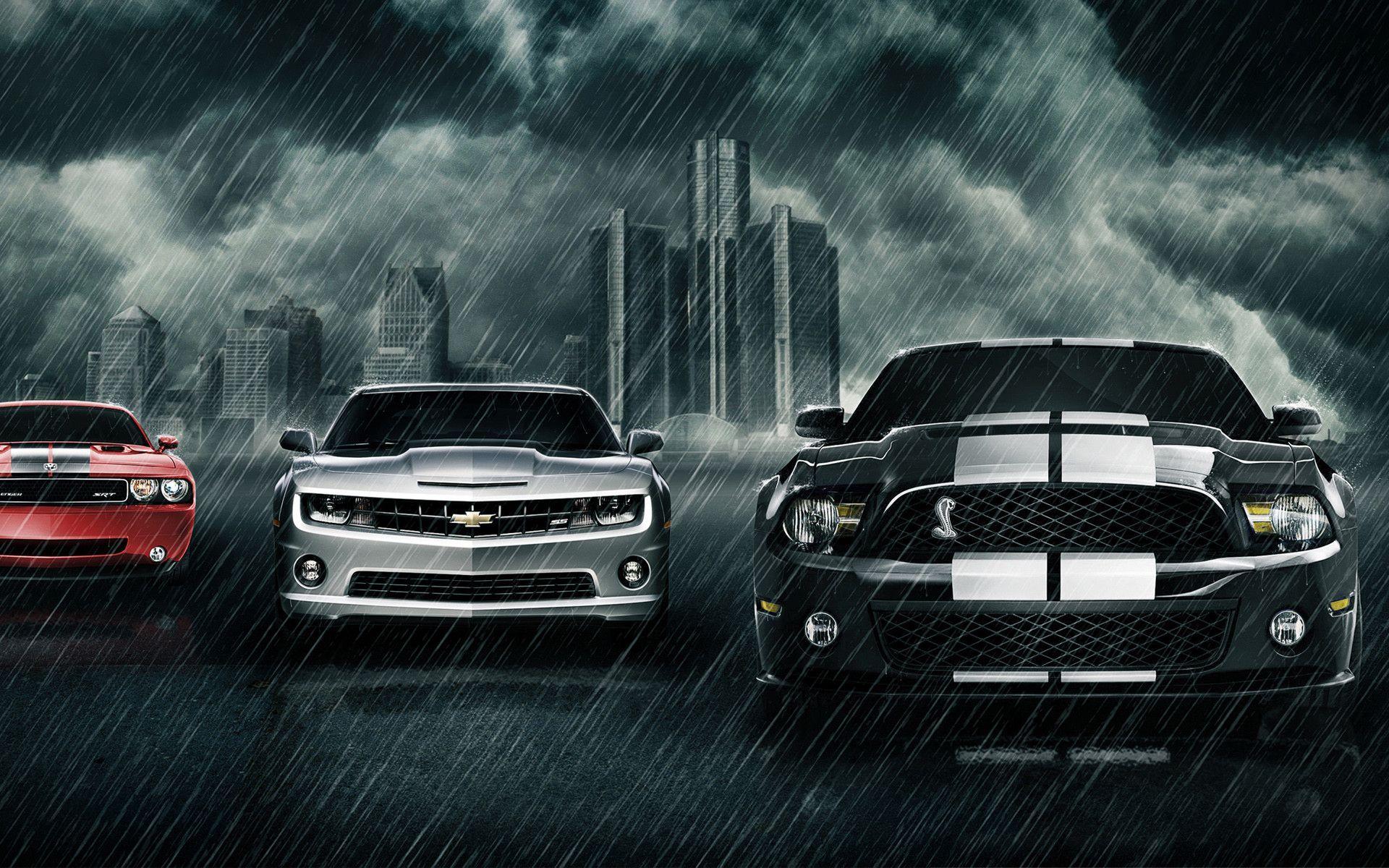
3. Chrysler (FCA US LLC):
Chrysler, through its Dodge and Plymouth divisions, became renowned for its raw, unadulterated power, especially with its legendary Hemi engines.
- Dodge: The Charger and Challenger are arguably Dodge’s most famous muscle cars, known for their imposing size and "coke-bottle" styling. Other potent models included the Dart GTS, Coronet R/T, and Super Bee. Dodge cars often embodied a no-nonsense, straight-line speed philosophy.
- Plymouth: Plymouth delivered some of the most iconic and visually striking muscle cars. The Barracuda (especially the ‘Cuda with its aggressive shaker hood scoop) and the budget-friendly, cartoon-themed Road Runner were immensely popular. Plymouth’s focus was on affordable performance for the masses, often with fewer frills but all the necessary grunt.
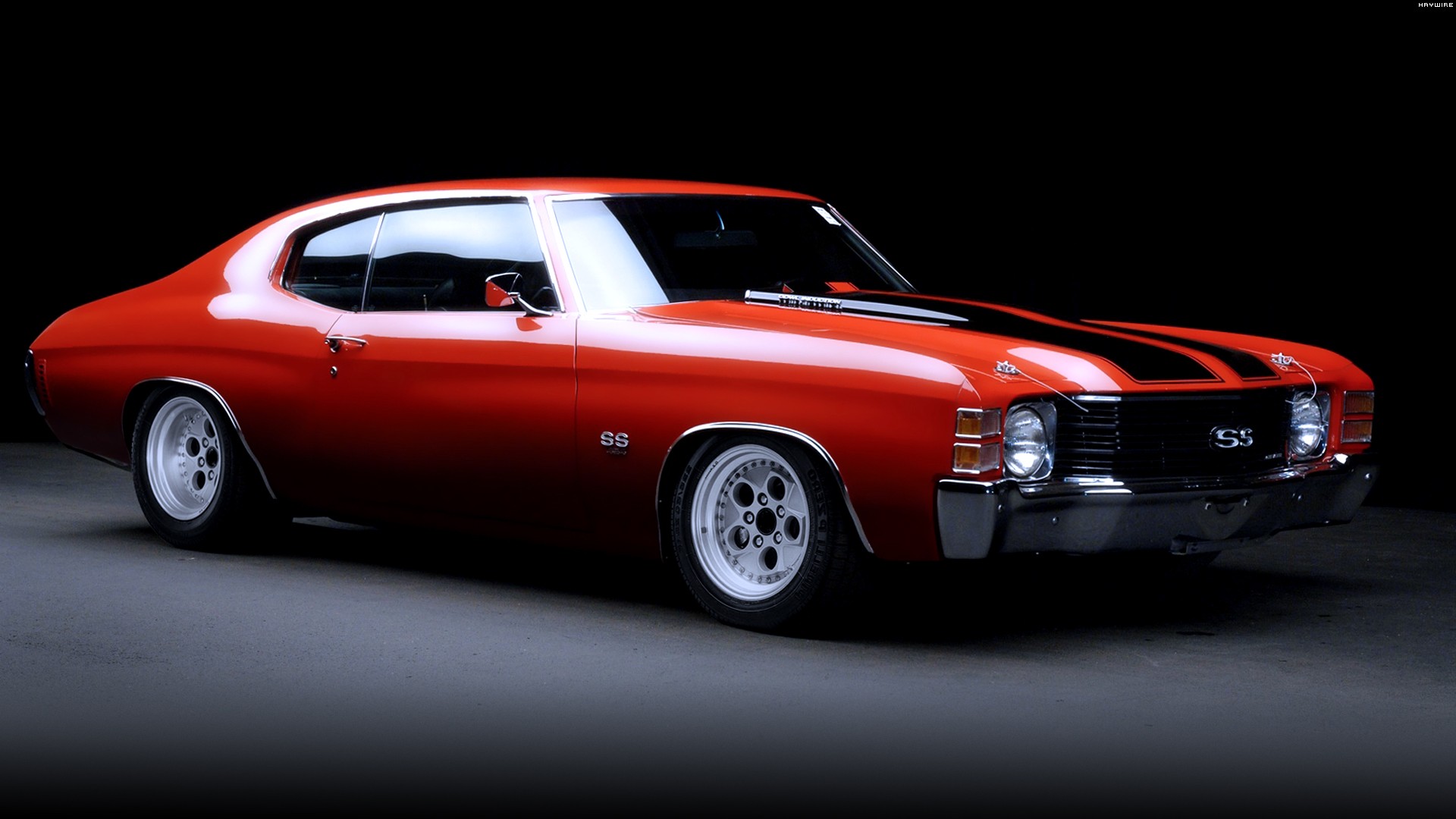
4. American Motors Corporation (AMC):
The underdog of the muscle car world, AMC produced some truly unique and powerful machines. The Javelin AMX and the Rebel Machine showcased AMC’s ability to compete with the "Big Three," often with distinctive styling and a passionate following.
The Resurgence: Modern Muscle Car Brands
After a decline in the 1970s due to emission regulations, fuel crises, and insurance costs, the muscle car concept lay dormant for decades. However, the 21st century witnessed a powerful resurgence. The original muscle car brands, primarily Ford, Chevrolet, and Dodge, tapped into nostalgia while integrating cutting-edge technology.
- Ford Mustang: Reimagined with retro styling in 2005, the Mustang once again became a performance powerhouse, evolving with independent rear suspension, Coyote V8 engines, and high-performance variants like the Shelby GT500 and Mach 1.
- Chevrolet Camaro: Following the Mustang’s success, the Camaro made a triumphant return in 2010, offering modern handling dynamics alongside classic muscle car aesthetics. Models like the ZL1 and SS have continued to push performance boundaries.
- Dodge Challenger & Charger: Dodge embraced its heritage with arguably the most faithful retro designs. The modern Challenger and Charger (a four-door muscle sedan) have become synonymous with extreme power, especially with their Hellcat, Redeye, and Demon variants, pushing horsepower figures into the four-digit realm.
These modern muscle cars offer a blend of blistering acceleration, improved handling, advanced safety features, and daily drivability that classic muscle cars could only dream of.
Understanding Muscle Car Brand DNA: Key Considerations for Enthusiasts
When exploring muscle car brands, whether classic or modern, certain characteristics define their DNA:
- Performance Philosophy: Some brands prioritize raw, straight-line acceleration (e.g., Chrysler’s Hemi cars), while others offer a more balanced performance package with better handling (e.g., some Ford and Chevy models). Modern muscle cars have significantly closed the handling gap.
- Design Language: Each brand has distinct styling cues. Ford Mustangs are sleek and agile, Dodge Chargers are imposing and aggressive, and Pontiacs were often flamboyant. Recognizing these visual signatures helps identify a brand’s unique appeal.
- Engine Lineage: The specific V8 engines (e.g., Ford’s Boss 429, Chevy’s 454 LS6, Chrysler’s Hemi, Buick’s 455) are central to a brand’s identity and performance reputation.
- Collectibility and Rarity: Certain models or special editions from specific brands (e.g., Plymouth Hemi ‘Cuda, Chevrolet COPO Camaro, Ford Boss 429 Mustang) command higher values due to their limited production and historical significance.
- Community and Support: The popularity of a brand often correlates with the availability of parts, specialist mechanics, and an active enthusiast community, which is crucial for maintenance and enjoyment.
Choosing Your Muscle Car Brand: Practical Advice
Deciding on a muscle car, especially a classic, involves more than just picking a favorite model. Consider these points:
- Define Your Purpose: Are you looking for a show car, a weekend cruiser, a drag strip contender, or a modern daily driver? Your purpose will narrow down the suitable brands and models.
- Budget Considerations: Classic muscle car prices vary wildly based on condition, originality, and rarity. Modern muscle cars also offer a wide price range, from entry-level V8s to supercharged beasts. Factor in not just purchase price but also insurance, maintenance, and potential restoration costs.
- Research Specific Models: Within each brand, different models and trim levels offered vastly different performance and features. Deep dive into the specifics of your desired model year and engine.
- Availability of Parts and Expertise: Brands with a larger production volume (e.g., Ford Mustang, Chevy Camaro) generally have better parts availability and more mechanics familiar with them. Rarer brands or models might require specialized knowledge and custom parts.
- Test Drive (If Possible): Experience the car. The feel of a classic muscle car is very different from its modern counterpart. Understanding these differences firsthand is invaluable.
Challenges and Solutions
Owning a muscle car, particularly a classic, comes with unique challenges:
- Fuel Economy: Classic muscle cars are notoriously thirsty. Modern muscle cars, while better, still consume more fuel than average cars.
- Solution: For classics, accept it as part of the experience; for modern, consider lower-tier engines or enjoy the power when needed.
- Safety Features: Classic cars lack modern safety features like airbags, ABS, and stability control.
- Solution: Drive defensively, and consider aftermarket upgrades for brakes and suspension where available and appropriate.
- Emissions Compliance: Older cars might be exempt from certain emissions regulations, but it’s crucial to check local laws. Modern muscle cars are designed to meet current standards.
- Solution: For classics, ensure the vehicle is running optimally; for modern, simply maintain it as per manufacturer recommendations.
- Maintenance and Reliability: Classic muscle cars require more frequent and specialized maintenance. Parts can be scarce or expensive.
- Solution: Find a reputable specialist mechanic, join enthusiast clubs for advice, and be prepared for higher maintenance costs. Modern muscle cars are generally reliable but high-performance components can still be costly to replace.
Representative Muscle Car Models and Their Value Ranges (Classic & Modern)
Please note: Prices are highly variable based on condition, originality, mileage, and specific options/packages. These are general ranges for good condition examples.
| Brand | Model | Era | Key Feature / Engine | Typical Price Range (USD) |
|---|---|---|---|---|
| Ford | Mustang Boss 429 | Classic | Legendary 429 V8, Rare | $250,000 – $600,000+ |
| Mustang GT (S550) | Modern | 5.0L Coyote V8, Modern Performance | $30,000 – $60,000 | |
| Chevrolet | Chevelle SS 454 LS6 | Classic | Iconic Big Block 454 V8, High HP | $80,000 – $200,000+ |
| Camaro SS (6th Gen) | Modern | 6.2L LT1 V8, Agile Handling | $35,000 – $70,000 | |
| Pontiac | GTO Judge | Classic | Ram Air III/IV, Iconic Styling | $70,000 – $180,000+ |
| Dodge | Charger R/T Hemi | Classic | 426 Hemi V8, Aggressive Looks | $100,000 – $300,000+ |
| Challenger Hellcat | Modern | Supercharged 6.2L Hemi V8, Extreme HP | $60,000 – $100,000+ | |
| Plymouth | ‘Cuda Hemi | Classic | Rare 426 Hemi V8, Ultimate Collectible | $300,000 – $1,000,000+ |
| Road Runner | Classic | Affordable Performance, Cartoon Theme | $40,000 – $100,000+ | |
| Oldsmobile | 442 W-30 | Classic | Performance-oriented 455 V8 | $50,000 – $120,000+ |
| Buick | GSX | Classic | Powerful 455 V8, "Sleeper" Status | $60,000 – $150,000+ |
| AMC | AMX | Classic | Unique Two-Seater Muscle | $30,000 – $70,000 |
Conclusion
Muscle car brands represent a vibrant and enduring chapter in automotive history. From the raw, unbridled power of the golden era to the technologically advanced beasts of today, each brand has contributed to a legacy of performance, style, and passion. Whether you’re drawn to the classic lines of a Hemi ‘Cuda, the balanced aggression of a vintage Mustang, or the staggering horsepower of a modern Hellcat, understanding the distinct character and contributions of these brands is essential. More than just vehicles, muscle cars are a testament to American ingenuity and a celebration of the open road, forever cementing their place as symbols of automotive excellence and an enduring love affair with speed.
Frequently Asked Questions (FAQ)
Q1: What defines a muscle car?
A1: Generally, a muscle car is an American-made, two-door (or sometimes four-door sedan like the Charger) intermediate or full-size car with a large-displacement V8 engine, designed for high-performance street and drag racing. It prioritizes straight-line speed over refined handling.
Q2: Which is the "best" muscle car brand?
A2: There’s no single "best" brand, as it depends on individual preference. Ford, Chevrolet, and Dodge/Plymouth are the most iconic and popular. Each offers unique styling, engine characteristics, and performance philosophies.
Q3: Are classic muscle cars a good investment?
A3: Potentially, yes. Rare and well-maintained classic muscle cars have shown significant appreciation over time. However, like any investment, it requires careful research, understanding the market, and accounting for storage, maintenance, and insurance costs.
Q4: What are the "Big Three" in muscle cars?
A4: The "Big Three" refers to the three largest American automakers: General Motors (GM), Ford, and Chrysler. Each of these companies produced numerous muscle car models under their various sub-brands.
Q5: What’s the difference between a muscle car and a sports car?
A5: While there can be overlap (e.g., Corvette), generally, muscle cars prioritize raw, straight-line power and acceleration, often in a larger, heavier body. Sports cars typically emphasize balanced handling, agility, braking, and overall driving dynamics, often in a smaller, lighter package.
Q6: Can modern muscle cars be daily driven?
A6: Yes, absolutely. Modern muscle cars like the Ford Mustang, Chevrolet Camaro, and Dodge Challenger/Charger are designed with modern amenities, safety features, and reliability, making them perfectly suitable for daily driving, albeit with higher fuel consumption than an economy car.



